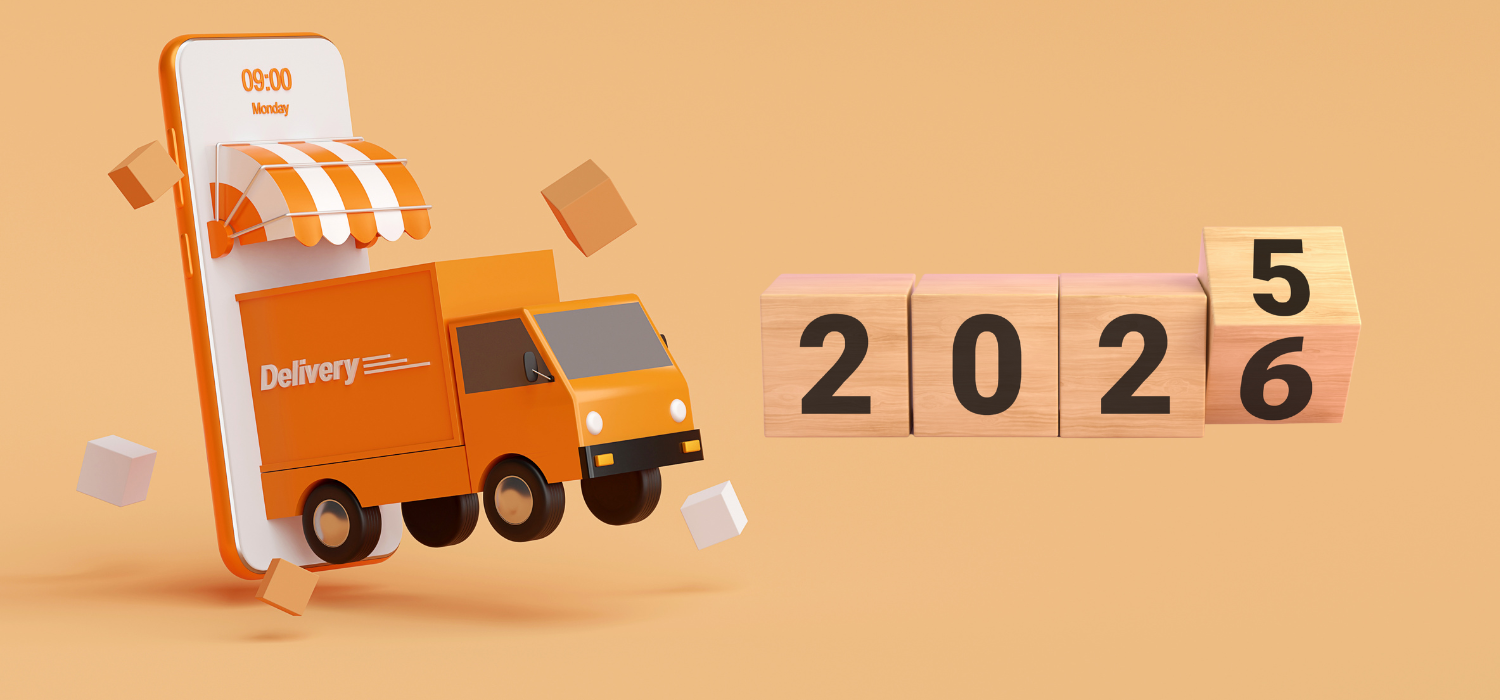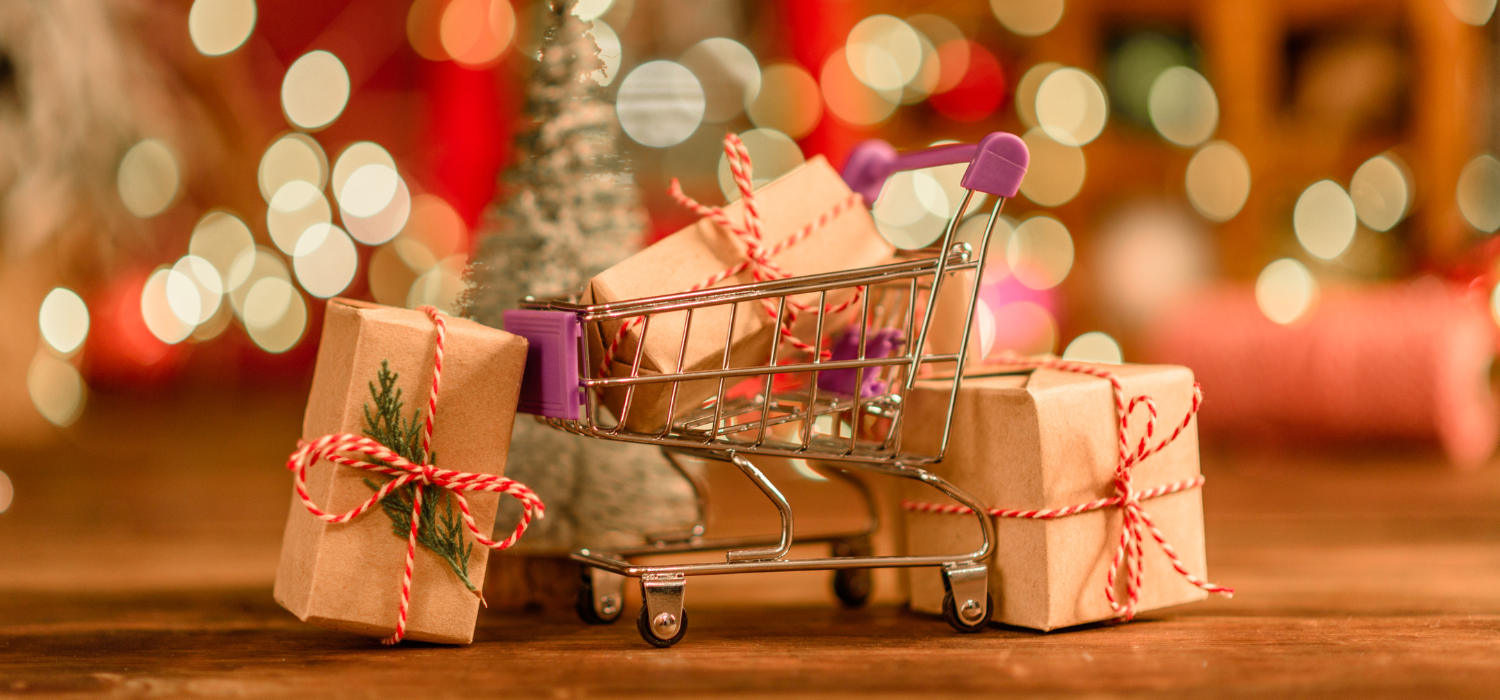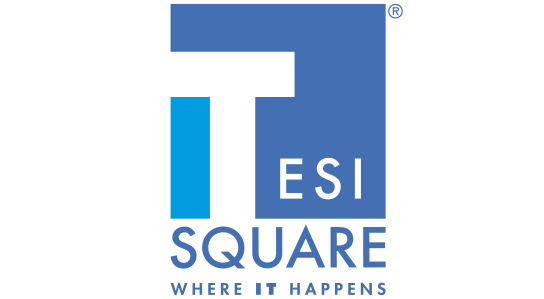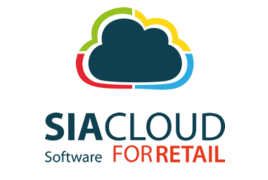As of June 30, YouTube launched in Asia, specifically in South Korea, its first live commerce channel on which telesales from about thirty different brands will be streamed. A move that panders to one of the most interesting trends in eCommerce in recent years, in line with what other platforms have already done, first among them TikTok, which in 2022 recorded a 700% growth rate in social commerce.
Live commerce numbers
Suffice it to say that the live commerce market in South Korea is projected to reach 7.05 million in 2023, and the phenomenon is booming worldwide: by 2026 the live eCommerce market could account for 20% of all global eCommerce, while by the year it will generate sales of $25 billion.
Precisely because of the large numbers being recorded, live streaming purchasing is considered by many to be the future of eCommerce. But what exactly is it all about?
What is live commerce
Live commerce is a trend that falls under the umbrella of social commerce, which is the sale of products and services through social media or the ability to be directed through these channels directly to an online sales platform. According to Casaleggio Associati’s 2023 research, in 2022, 13 percent of the turnover of businesses selling online was generated from social.
Live shopping, then, is nothing more than an interactive shopping experience – shoppable entertainment – that combines the characteristics of in-person shopping with the conveniences of digital shopping, thus offering consumers an immersive way to discover products. To put it bluntly, it’s like when we walk into a store and the retail store staff offers us assistance while we shop by showing us the best products and explaining their features. Only it all happens while standing in front of the screen of one’s device, and the purchase is completed like any other eCommerce order.
The models of live commerce
The sale can take place through two models: the first, One to Many, involves users interacting with an interactive video through the ability to comment, ask questions and answer surveys while making the purchase in the flow of the conversation, without interruption.
Then there is a one-to-one mode, quite similar to retail sales in which brands-especially luxury brands-give users the opportunity to make an appointment online for a personalized consultation.
But what are the benefits of this sales model?
The benefits of live shopping
Customer experience becomes hybrid
Live commerce first allows you to create a direct connection between brands and consumers by recreating or extending the traditional in-store shopping experience. This makes it possible to reach out to one’s customers or potential customers even without necessarily having to take them to the store.
Increased engagement
As with most common infomercials, during a live shopping session brands can show their customers how to use a product, how to match it, provide some practical tips. Fundamental information especially in the world of fashion and beauty commerce. This way the user is more involved, more aware and more likely to buy.
Increased conversion rate
Users who actually purchase during a successful live shopping session are estimated to be between 10 and 20 percent of the audience, numbers that are expected to grow. The live shopping model, however, generates positive mechanisms that can push users who have not purchased live to be more likely to make a purchase in the following days anyway, via more usual online shopping modes. Proof of this is the experience of Walmart, which after experimenting with a live shopping event on TikTok in 2020 increased its followers on the channel (all potential new shoppers) by 25 percent.
Reduction in returns
According to Coresight data, live shoppers are 40 percent less likely to return a product than other online shoppers since they were better able to see the product and its features, ask questions and resolve any doubts thanks to direct interaction with the video before making the purchase. This is an important result if we consider that about 16% of the purchases made online in Italy in the fashion sector are in fact sent back to the sender with an average cost for companies of 13 euros per piece, a figure that, however, can also reach 30 euros (Yocabè data). So unsustainable both economically and, of course, environmentally.
A 360-degree innovation: alternative shopping, alternative delivery
So if live streaming shopping is an innovative trend in the eCommerce world, capable of generating not only benefits for brands and eShoppers, but also for the logistics world, why not make it a 360-degree trend by also proposing alternative order pickup solutions to traditional home delivery?
The user’s shopping experience could end with order pickup at the point of sale in Click & Collect mode, so as to create an additional point and moment of encounter between brand and consumer outside the digital world. Or again, offering consumers additional flexibility by allowing them to pick up their order at a Locker or Collection Point of their choice, when and where it is most convenient.
These are all solutions made possible by GEL Proximity, the world’s first technology that places Last Mile Logistics at the center of the purchasing process, directly managing the relationship between checkout and the Proximity solution chosen to pick up or return a package.
GEL Proximity: 125 thousand Lockers and Pickup Points at your service
In fact, thanks to GEL Proximity you will be able to integrate more than 125,000 already active Pickup Points and Lockers throughout the country and internationally to your online store, as well as upload and enable a physical network of stores on our map thus merging Click & Collect pickup services in proprietary stores with those of Proximity Points managed by third parties.
Want to find out more? Contact us now!













